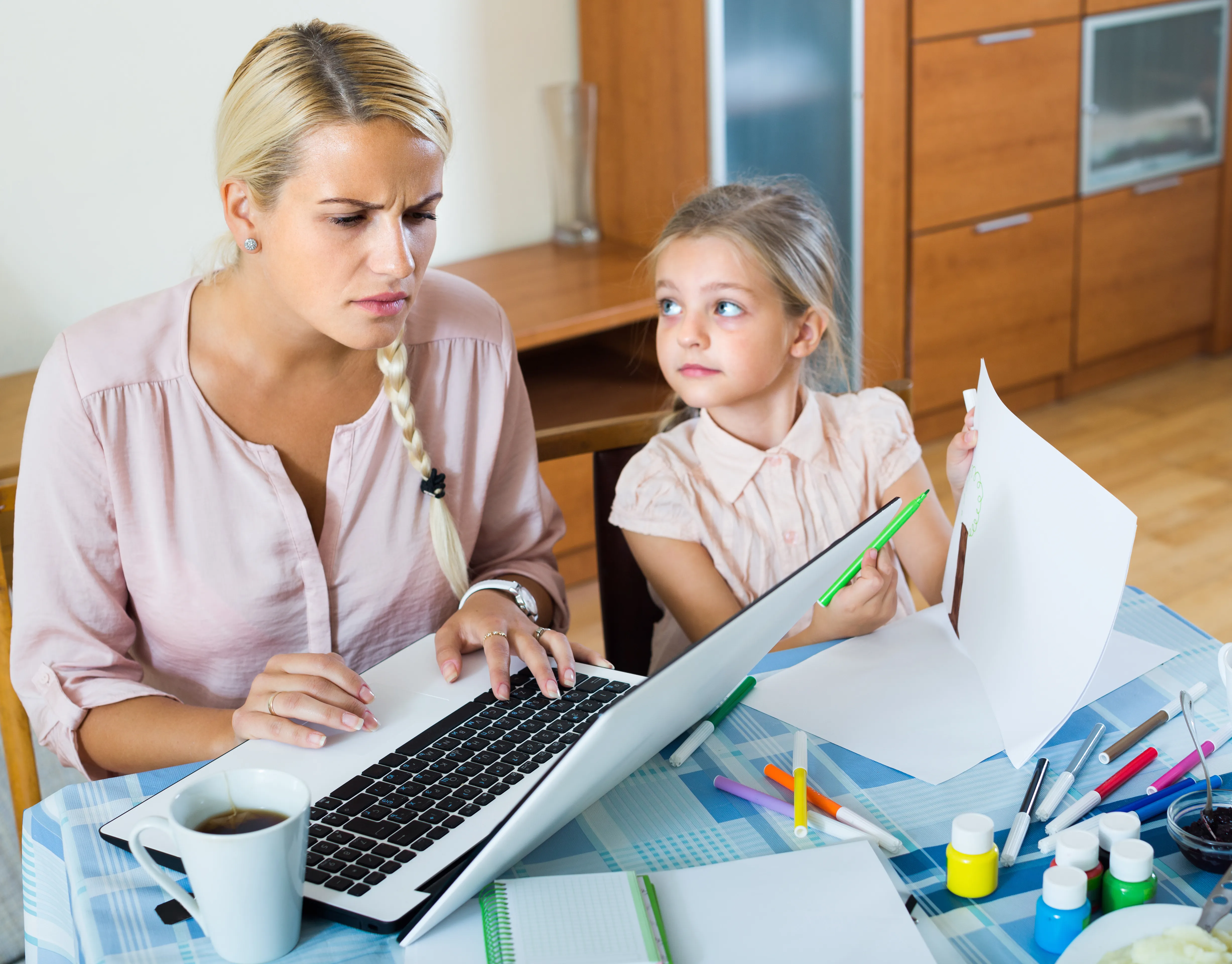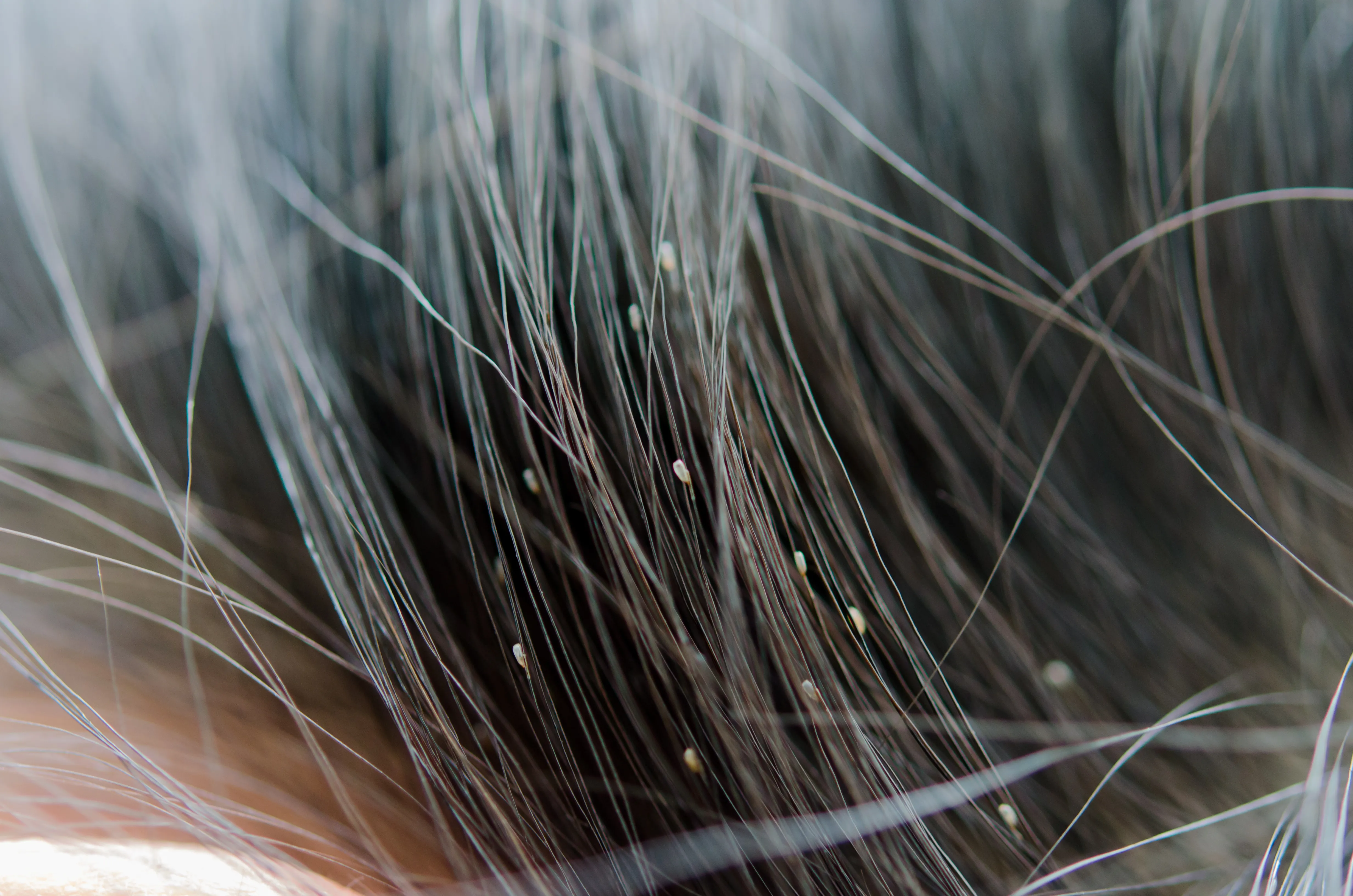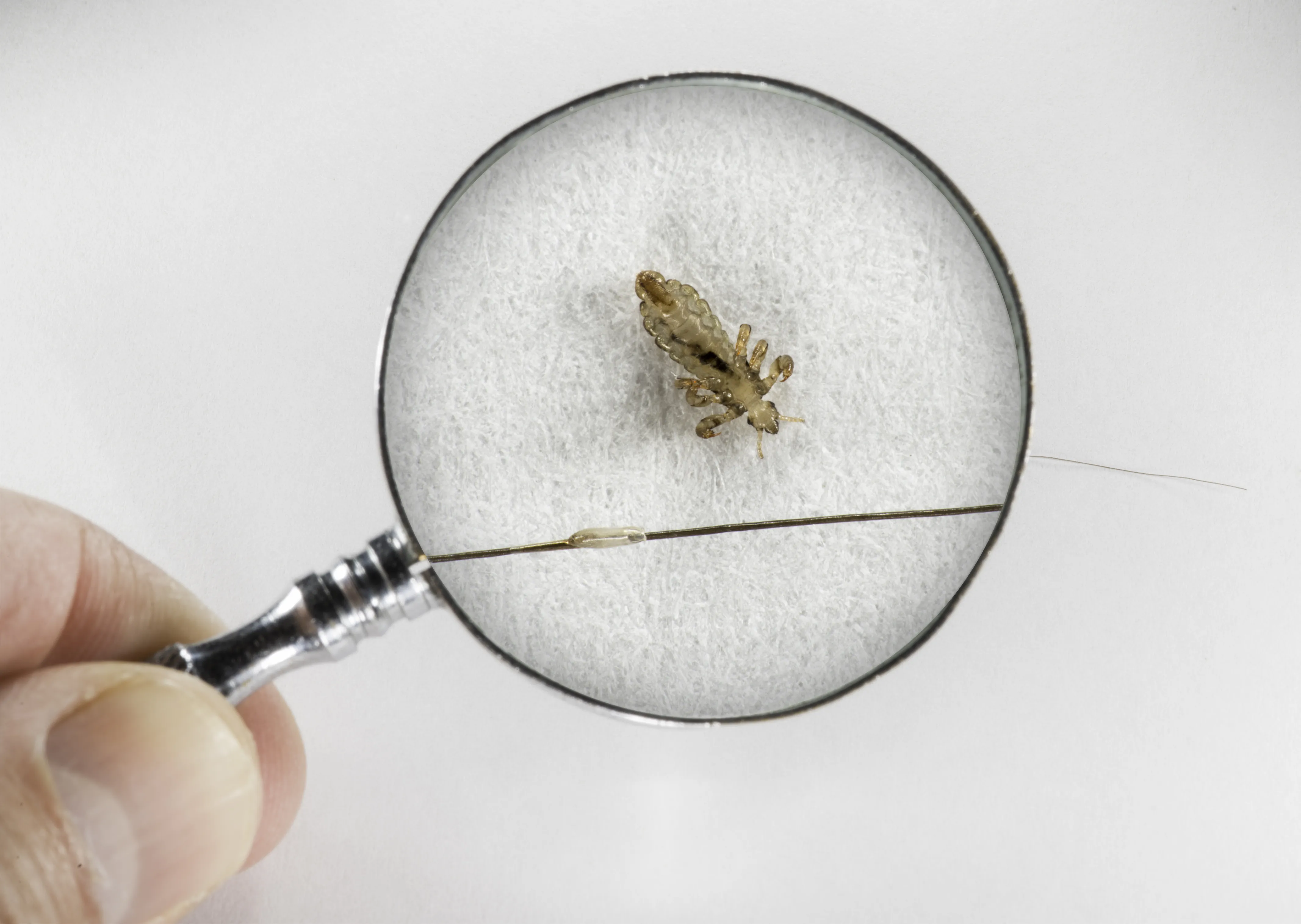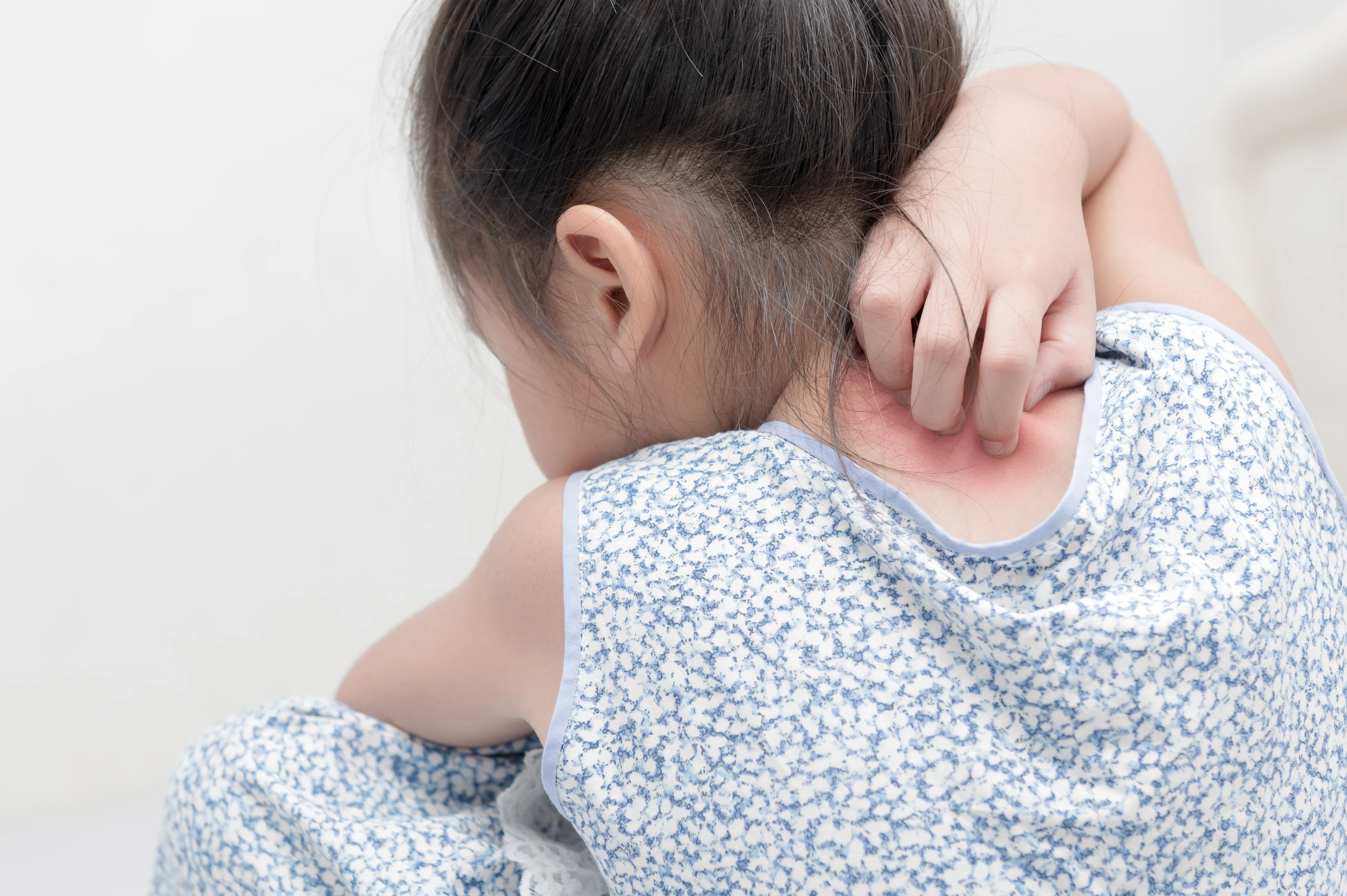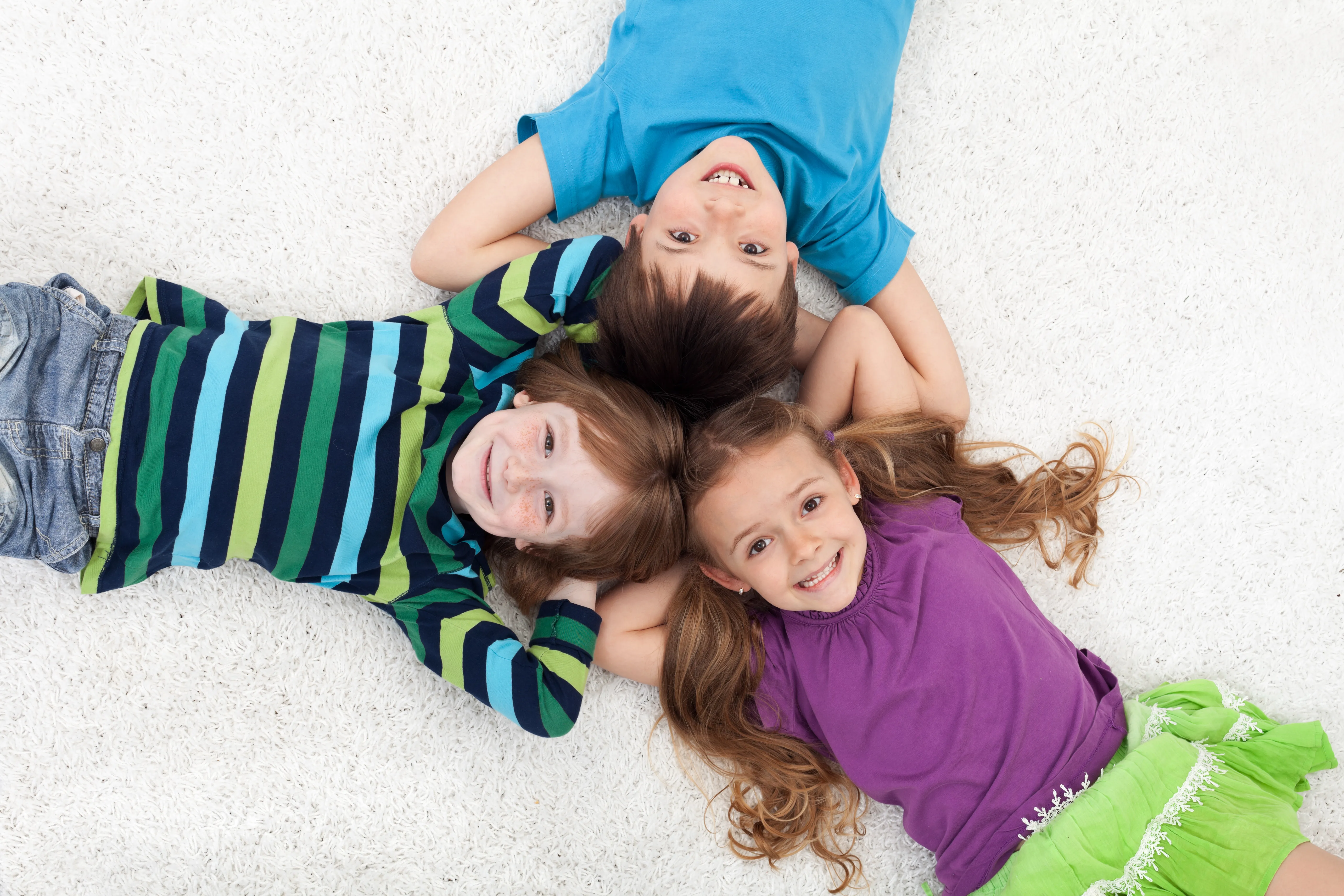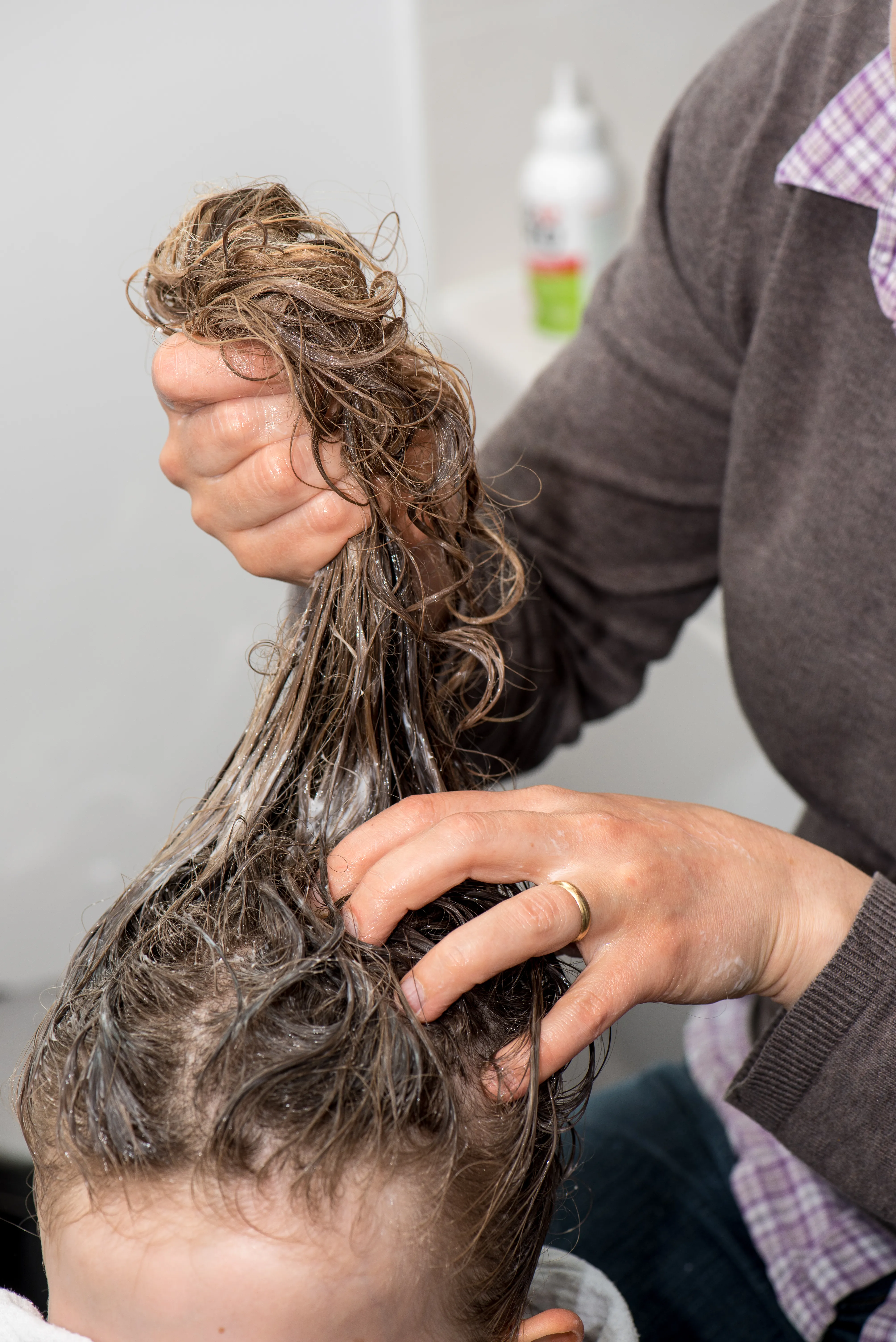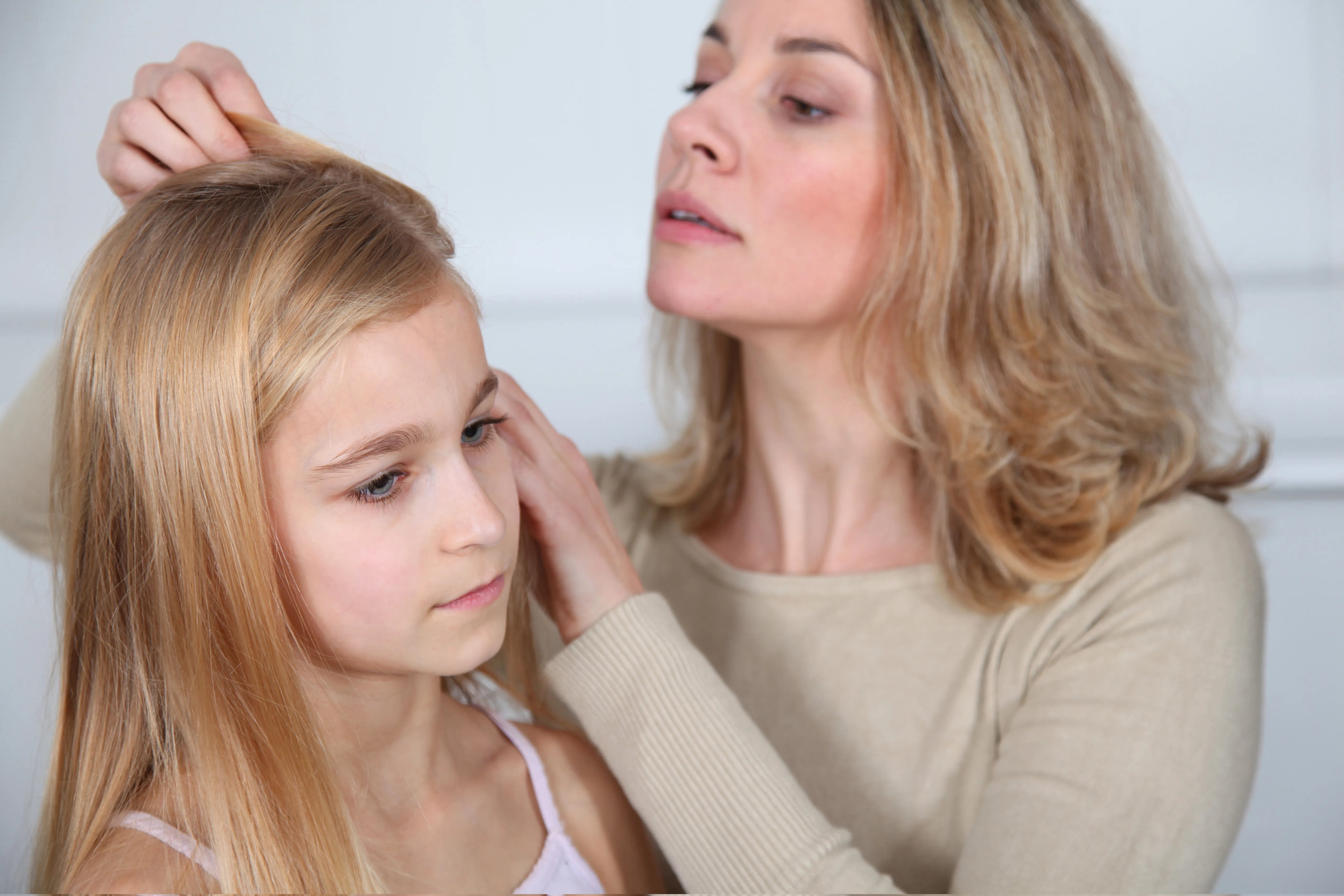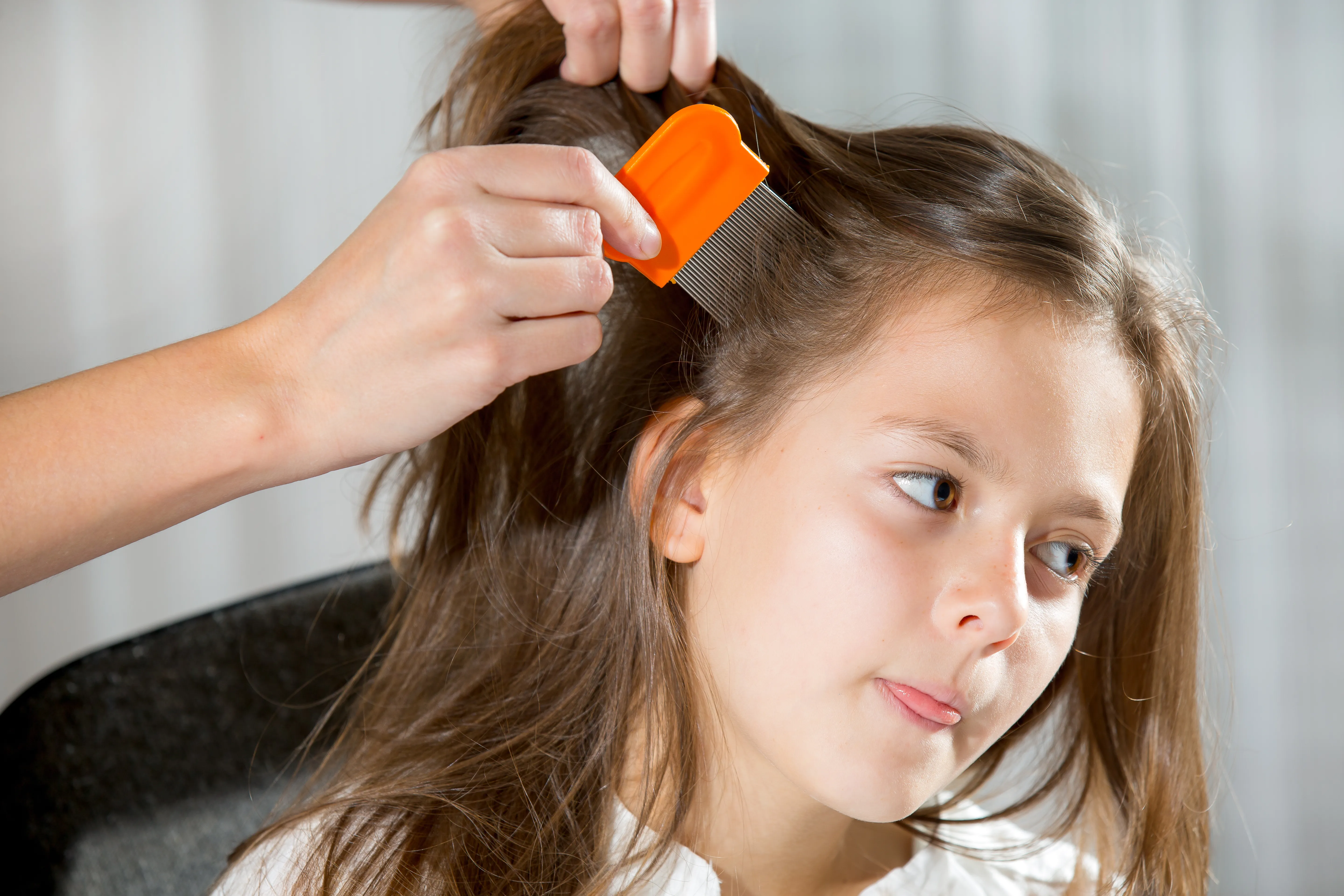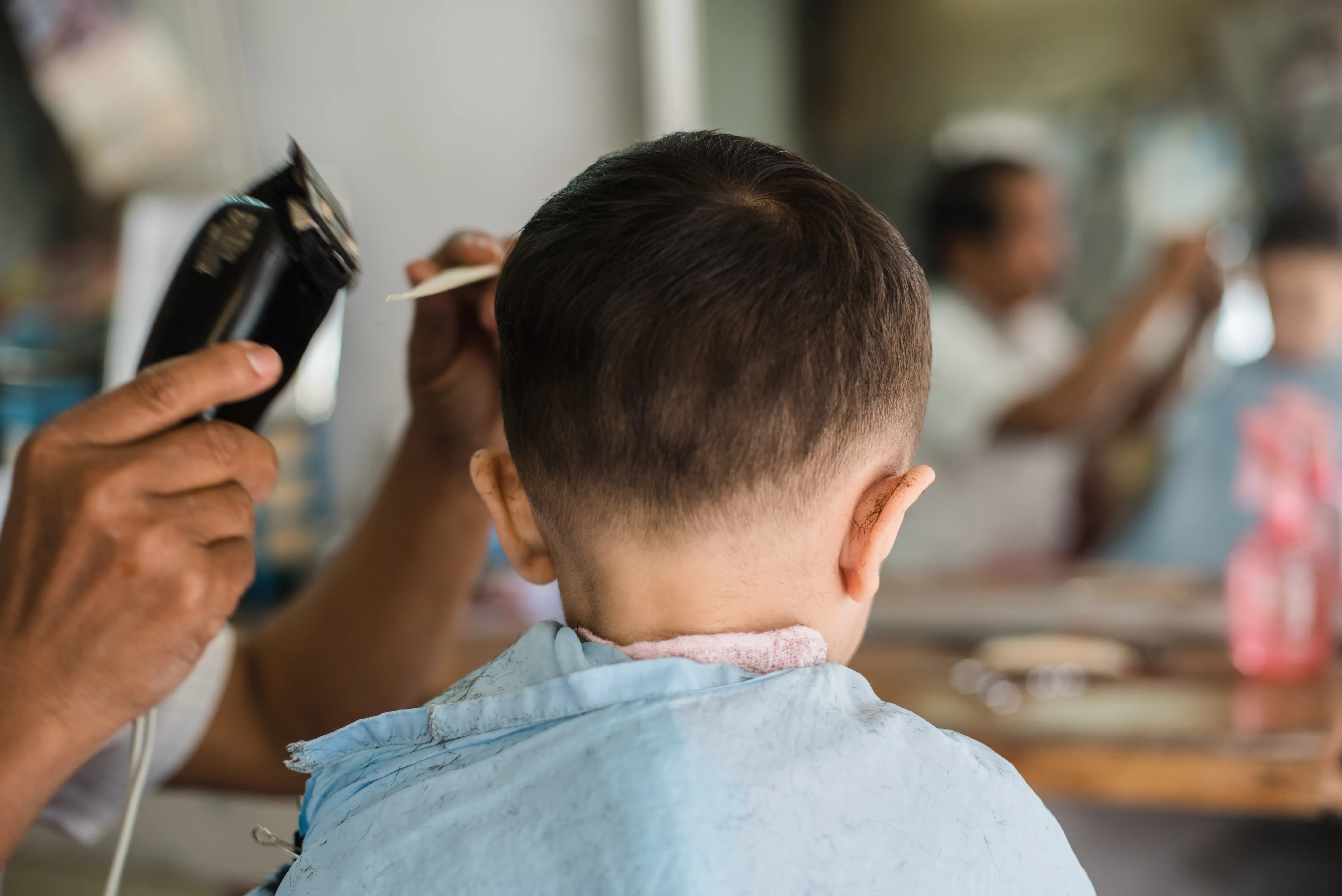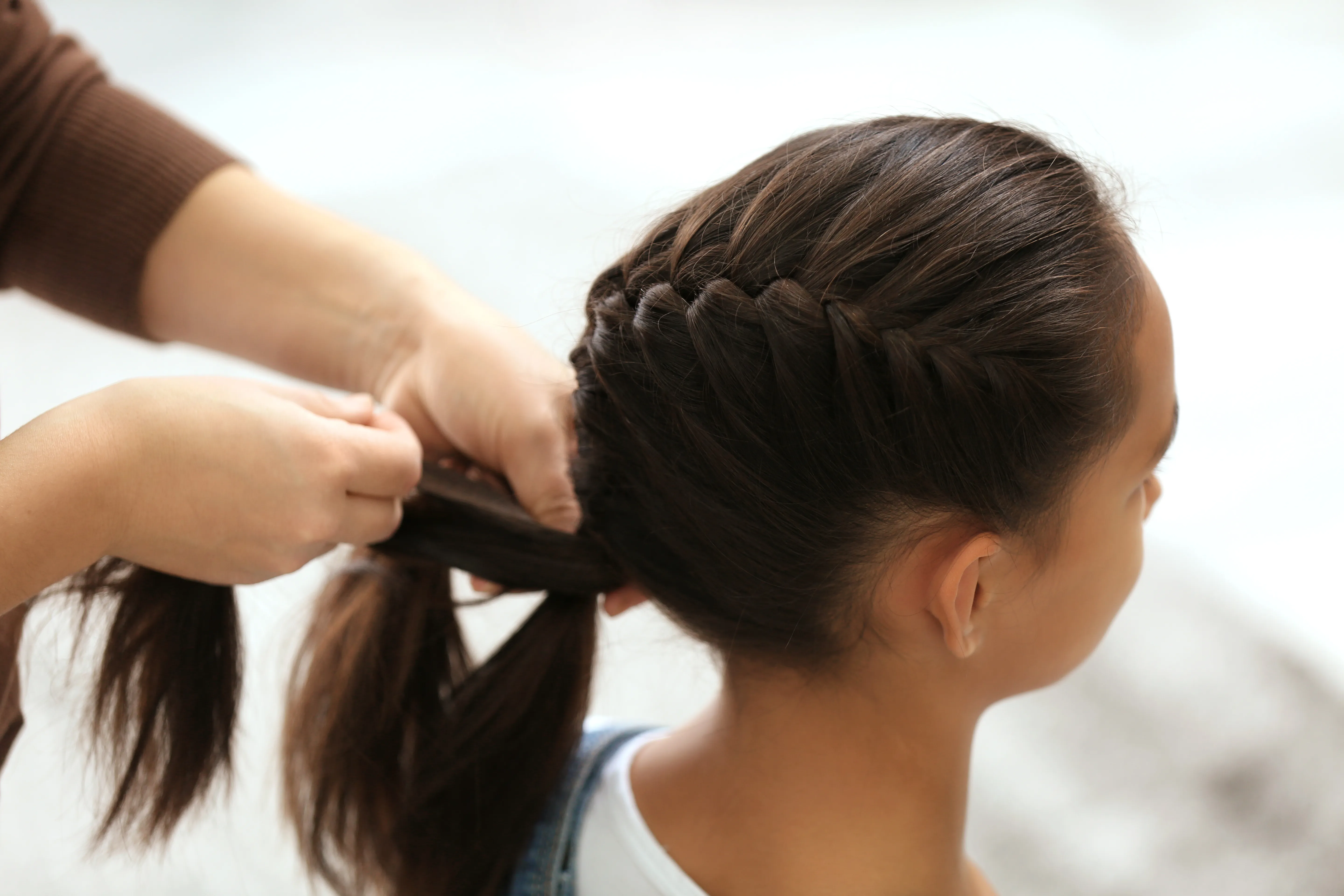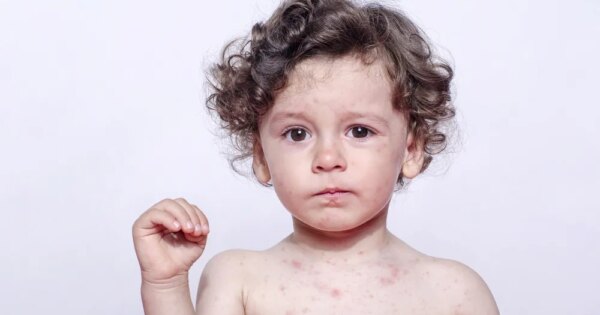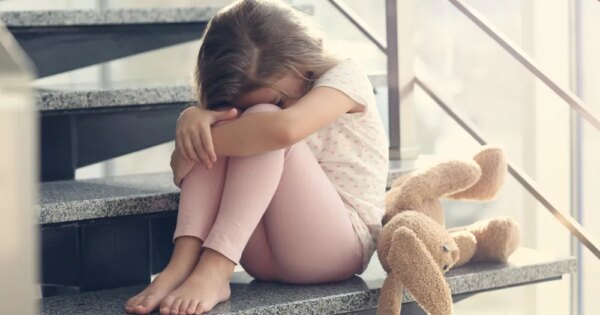There are many misconceptions about head lice which can cause a lot of confusion and uncertainty when it comes time to deal with potential infestations in your own family. As a parent, it can be an extremely stressful time when your child comes home with head lice, but I hope that by reading this article you will find the much needed answers to the most asked questions about head lice. You will learn how to notice any signs and symptom of head lice, have a better understanding of how it is spread, how to treat it, and if there is anything you can do to prevent your child (or children) from getting lice. Here are 15 things about lice every parent should know.
15. What Is/Are Head Lice?
Cue parents on Google! What is head lice? It is often the first question we look to find the answer to. Head louse is a parasitic insect that can be found on human heads, eyebrows, and eyelashes. Head lice feed on human blood in order to live and are found close to the scalp — often behind the ears or at the base of the head near the neck — as they thrive in these warm, dark conditions.
Head lice are not known to spread disease (which is a common question that many parents ask). They should not be considered a medical or public health hazard, and rather, they are more of an annoyance than anything. They come in three different forms: the egg (which is also known as a ‘nit’), the nympth, and the adult.
14. What Does Head Lice Look Like (The Egg/Nit)?
A ‘nit’ is a lice egg that is laid by the adult female head louse, found at the base of the hair shaft near the scalp. Nits often appear yellow or white in color, however live nits sometimes appear to be the same color as the hair of the infested person.
Nits firmly attached to the hair shaft, and are very difficult to see. They are oval-shaped and very small, and are often confused with dandruff. Head lice nits usually take about 8-9 days to hatch. Eggs that are most likely to hatch are usually located no more than ¼ inch from the base of the hair shaft. Nits that are located further than ¼ inch from the base are likely to have hatched already, non-viable nits, or empty nits or casings. This is very difficult to distinguish with the naked eye.
18. What Does Head Lice Look Like (The Nymph)?
Head lice begin their life cycle when a female louse lays an egg (nit) and attaches it to a hair shaft. Around 8 to 10 days after the nit is laid, it will hatch into a newborn louse. A newly hatched louse is called a nymph.
A nymph is an immature louse. A nymph looks much like an adult head louse, but it is smaller in size. In order for the nymph to live it must feed on human blood. Nymph’s mature into adults about 9-12 days after hatching from the nit (or egg).
13. What Does Head Lice Look Like (The Adult)?
A fully grown and developed adult louse has 6 legs, is tan or greyish-white in color, and is about the size of a sesame seed. Adult female head lice are usually larger than the males and can lay about 6 eggs each day.
Much like the nit, adult lice may also look darker in persons with darker hair than in persons with lighter hair. In order for adult head lice to survive, they must also feed on human blood. An adult head louse can live approximately 30 days on a person’s head but will die within one or two days if it falls off a person.
12. Who Is At Risk For Getting Head Lice?
Head lice are found worldwide and is most common among pre-school children aged 3 to 11 years of age. Head lice can be contracted by both children and adults, although young children and their families are most often the ones who are infested. Although there isn’t reliable information on how many people contract head lice each year, an estimated 6 million to 12 million infestations occur each year in the United States alone.
No hair is immune to head lice. There is a misconception that African American hair is less hospitable for lice because it is more coarse in texture. However, smooth or coarse, thick or thin, lice can affix themselves to any strand of hair as a way to get up to the scalp to access their much need food supply of human blood.
11. Where Is Head Lice Most Commonly Found?
Head lice and head lice nits are most often found on the scalp, more specifically around and behind the ears and near the hairline at the back of the head. More rarely head lice or head lice nits are found on the eyelashes or eyebrows. This is quite uncommon though.
Head lice hold tightly to hair, and head lice nits are so firmly attached to the shaft of the hair that they can be incredibly difficult to remove, even after the nymphs hatch and the empty casings remain.
10. Are There Any Signs & Symptoms Of Head Lice?
Many parents ask: are their any signs and symptoms of a head lice infestation? The answer is yes, there can be, but not everyone will experience the same symptoms or notice any symptoms at all. About one in three people will experience an itchy scalp, mostly behind their ears and at the base of their neck.
Sometimes itching can take weeks to develop. Persistent scratching can cause the skin to become red and a bit irritated, and sores can sometimes become infected with bacteria found on a person’s skin. However it is important to note that head lice do not carry any diseases. Some people may also experience a crawling sensation (which can make sleeping particularly difficult as lice are most active in the dark).
9. How Is Head Lice Spread?
Despite what some myths say, lice can not jump from one person’s head to another. Lice are wingless and cannot fly or jump. Lice can only be passed with direct head-to-head contact of at least 30 seconds with a person who already has been infested. Head-to-head contact is common during play at school, at home, and elsewhere (sport activities, playgrounds, sleepovers, and even camp). Lice die quickly when removed from heat and their food source. Head lice cannot live for more than 24 hours off the human scalp, and therefore they can not breed.
One of the biggest myths about head lice is that it is most commonly spread by sharing a hairbrush or hat, however, it is actually uncommon for head lice to be spread by sharing clothing or belongings. While saying this, it is not impossible. Lice may spread if they crawl, or if nits attached to a shed hair hatch and get onto shared clothing or belongings. Examples include: shared articles of clothing, brushes, combs, barrettes, towels, or stuffed animals worn or used by an infested person. There is a chance the lice could survive this journey from person to person, but as mentioned previously, if the lice has been separated from the person for more than 24 hours, it will have already died. Similarly, laying on a bed, couch, pillow, or carpet that has recently been in contact with an infested person, is an uncommon way to spread lice. Another commonly asked question is if pets can carry head lice? The answer is no. Head lice are human parasites, and so they can only survive on human blood.
8. How Is Head Lice Diagnosed?
A diagnosis of an infestation of head lice can be best made by finding either a live nymph or adult louse on the scalp or hair of a person. Because both nymph and adult lice are very small, move quickly, and avoid light, they can be very difficult to find. Try using a magnifying glass and a fine-toothed comb to aid in the search.
If no live nymphs or adults are seen and the only nits are found more than ¼ inch from the scalp, the infestation is probably old and no longer active and does not need to be treated. Remember nits are often confused with other things such as dandruff or even hair spray droplets and dirt particles — so get out that magnifying glass to be certain.
7. How Do I Treat A Head Lice Infestation?
There are different methods that you can use to treat head lice. There are prescription treatments or over-the-counter treatments available. Always start with clean hair, but avoid using a 2-in-1 shampoo-conditioner product before lice treatment application. Keep the lice medicated product on the hair and scalp only, and follow the instructions on the package. It is important to note that you should not wash your child’s hair for 1 to 2 days after you remove the lice medicine.
If you are looking for over-the-counter treatments for lice, keep your eye out for these ingredients: Pyrethrins — a natural extract from chrysanthemums. It is safe for children age 2 years and older. The catch is this ingredient, only kills live lice, not nits. You will need a second treatment after 9 to 10 days if existing eggs have hatched. If you child has allergies to chrysanthemums or ragweed, you should not use products with this ingredient. Permethrin Lotion — a synthetic treatment similar to natural pyrethrins. It kills both live lice and nits. Permethrin leaves a residue on the hair designed to kill any newly hatched lice arising from eggs not killed in the initial product application. Again, shampoos and conditioners my interfere with the effectiveness of this residue, so you may need to do a second treatment 7 to 10 days if live lice are found. Permethrin is safe for children age 2 months and older.
6. Are There Any Alternative Ways To Treat Head Lice?
Parents of young children younger than 2 years, might not want to use over-the-counter lice-removal products on their little ones. An alternative idea is to simply try using a fine-toothed comb or special nit comb when your child’s hair is wet. Metal combs are more effective than plastic combs.
Repeat this combing every three to four days for no less than two weeks. You should talk to your pediatrician if they feel combing should be used in conjunction with other treatments for your young child. It is always good to seek their advice if you are ever in question.
5. If One Family Member Has Lice Should I Treat The Whole Family?
Before you go off the deep end and turn your house upside down washing everyone’s bed linens, clothing and everything they may have come in contact with — save yourself the time and headache and just treat each family member individually as you confirm they are infested.
Treating every family member regardless is completely unnecessary. It is better to do a proper head check using a comb, and treat members who are indeed infested. Some parents think that by treating all family members with the medicated shampoo it will prevent others from being infested, however this is not true. In fact, you should only use treatment when head lice are discovered.
4. What Should I Do After Treatment?
After each treatment, you should continue to check your child’s hair to remove any nits or lice. Remember to remove dead or live lice with a fine-toothed comb 8 to 12 hours after treatment, avoid using regular shampoo for at least 1 to 2 days after treatment, continue checking your child’s hair for 2 to 3 weeks for nits and lice, and lastly, soak combs and brushes in boiling water for 5 to 10 minutes after each use.
If treatment doesn’t seem to work, there are possible reasons this could happen. Firstly, lice may be resistant to the treatment method, or it is possible that instructions were not followed closely enough. Because over-the-counter products don’t always kill nits, applications are a matter of timing, making it possible that someone become infested again. Talk to you child’s doctor if your course of treatment doesn’t work, and they may be able to prescribe or suggested an alternative.
3. What Should I Do If My Child Has Lice? Do I Need To Report It?
When a child comes home with lice many parents immediately begin to fear that these little critters can be anywhere and everywhere in their house now! But before you go nuts cleaning your house to get rid of any potential lice and try to prevent it from being spread, remember you can rest-assured knowing that head lice cannot survive long away from the scalp.
Most health departments do not require reporting head lice infestations, however, it may be beneficial for the sake of others to share information with your child’s school so they can notify parents of classmates, or any other individuals that may have come in contact with the head lice. Some schools have head lice policies, that are often determined by their local school board. Check with your local health departments to see if they have any recommendations.
2. Do Lice Prefer Clean Hair or Dirty Hair? Do Lice Prefer Short Hair or Long Hair?
Lice do not have a preference of clean or dirty hair. In the 1970’s this myth was created to convince middle-class parents it wasn’t an issue only associated with poorer children. Dirty or clean, head-to-head contact will allow lice to crawl from one head to another. The lice do not care whether a person’s hair is squeaky clean or dirty. All the lice are looking for is human blood which then need to survive.
Short hair or long hair — lice don’t care about this either! Any length of hair will do, lice are not fussy! Lice live close to the scalp and rarely move away from the warmth and their food source. Lice can live in hair as short as 3 mm (1 cm), so shaving your child’s head is not the best way to prevent or remove head lice.
1. Can I Prevent My Child From Getting Lice?
I was unsuccessful at finding any sure-fire ways to prevent your child from getting head lice, however, there are ways to potentially reduce the risk. You can certainly try to reduce the risk by discouraging sharing personal items that may come in contact with the head — even though we know this is not the most common way it is spread. It may be difficult to advise your child to avoid any head-to-head contact, but this is your child’s best chance of avoiding lice.
I have also read that you could try tying up your child’s hair in a ponytail, braid, or bun. Keeping their hair tidy and off their face, neck and shoulders can reduce the risk of head lice being able to transfer from one child to another. Similarly putting a drop of tea tree oil in your child’s shampoo, or just a bit of rosemary hair spray on their hair, may act as a natural repellent to lice and may keep the bugs from attaching to your child’s hair. There is certainly no harm in trying!

